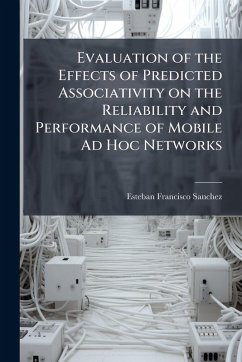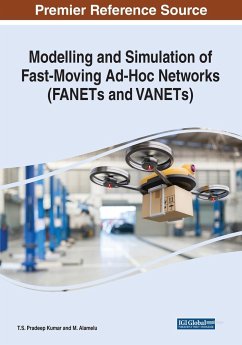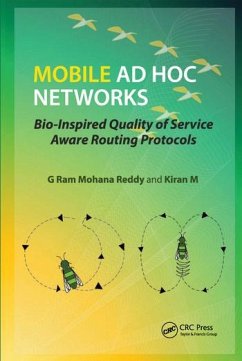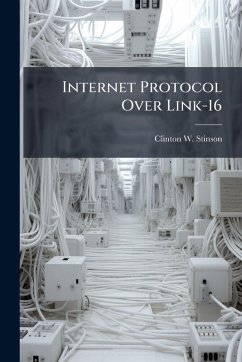
Supplementing an Ad Hoc Wireless Network Routing Protocol With Radio Frequency Identification Tags

PAYBACK Punkte
8 °P sammeln!
Wireless sensor networks (WSNs) have a broad and varied range of applications, yet all of these are limited by the resources available to the sensor nodes that make up the WSN. The most significant resource is energy; a WSN may be deployed to an inhospitable or unreachable area leaving it with a non-replenishable power source. This research examines a technique of reducing energy consumption by augmenting the nodes with radio frequency identification (RFID) tags that contain routing information. It was expected that RFID tags would reduce the network throughput, AODV routing traffic sent, and ...
Wireless sensor networks (WSNs) have a broad and varied range of applications, yet all of these are limited by the resources available to the sensor nodes that make up the WSN. The most significant resource is energy; a WSN may be deployed to an inhospitable or unreachable area leaving it with a non-replenishable power source. This research examines a technique of reducing energy consumption by augmenting the nodes with radio frequency identification (RFID) tags that contain routing information. It was expected that RFID tags would reduce the network throughput, AODV routing traffic sent, and the amount of energy consumed. However, RFID tags have little effect on the network throughput or the AODV routing traffic sent. They also increase ETE delays in sparse networks as well as the amount of energy consumed in both sparse and dense networks. Furthermore, there was no statistical difference in the amount of user data throughput received. The density of the network is shown to have an effect on the variation of the data but the trends are the same for both sparse and dense networks. This counter-intuitive result is explained and conditions for such a scheme to be effective are discussed. This work has been selected by scholars as being culturally important, and is part of the knowledge base of civilization as we know it. This work was reproduced from the original artifact, and remains as true to the original work as possible. Therefore, you will see the original copyright references, library stamps (as most of these works have been housed in our most important libraries around the world), and other notations in the work. This work is in the public domain in the United States of America, and possibly other nations. Within the United States, you may freely copy and distribute this work, as no entity (individual or corporate) has a copyright on the body of the work. As a reproduction of a historical artifact, this work may contain missing or blurred pages, poor pictures, errant marks, etc. Scholars believe, and we concur, that this work is important enough to be preserved, reproduced, and made generally available to the public. We appreciate your support of the preservation process, and thank you for being an important part of keeping this knowledge alive and relevant.












